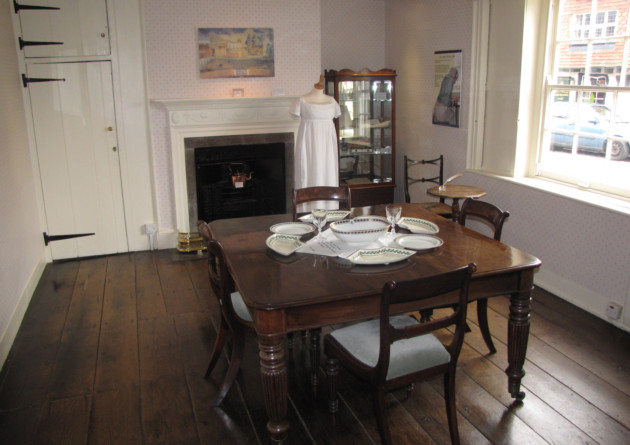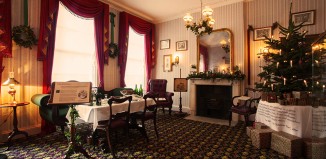Jane Austen House Museum, Hampshire
Within the small Hampshire village of Chawton, the walls of an unassuming cottage witnessed the creation of some of the most famous literary works of the 19th century.

Jane Austen House Museum
Now open to the public as Jane Austen’s House Museum, this quaint red brick home not only saw the birth of Mansfield Park, Emma and Persuasion, but also watched Sense and Sensibility and Northanger Abbey being revised during what was the most successful period in Jane Austen’s career. The Dining Parlour is where Jane is thought to have worked, sitting at the small table by the window. One of Austen’s most famous works, Pride and Prejudice, was also revised and edited at this small 17th-century house.
Jane and her family were offered the cottage in Chawton by her brother Edward, which was part of his nearby estate, Chawton House, following a period of financial uncertainty after the death of their father. In the summer of 1809, Jane, along with her mother and sister Cassandra, moved into the cottage, providing them with a much more secure standard of living.
The last eight years of Jane’s life were spent at this quiet retreat, where she found that rural village living was much more productive for creativity than the hustle and bustle of Bath.
It was during this period of literary success that Jane began to feel unwell, noting that she was able to spend less and less time writing as her condition deteriorated. On 18 July 1817, Jane died in Winchester in the arms of her sister. A blue plaque on a small mustard coloured house in College Street marks the place where she spent her final moments. Unfortunately, this building is not open to the public.
Jane was buried in the naive of the north aisle of Winchester Cathedral, where her epitaph fails to mention her extraordinary achievements as a writer, stating only the ‘extraordinary endowments of her mind’.
Continually celebrated for the creations of the dark and mysterious Mr Darcy, and the wonderfully witty Emma, Jane Austen’s humour and social observations continue to fill bookshelves almost 200 years after her death.








